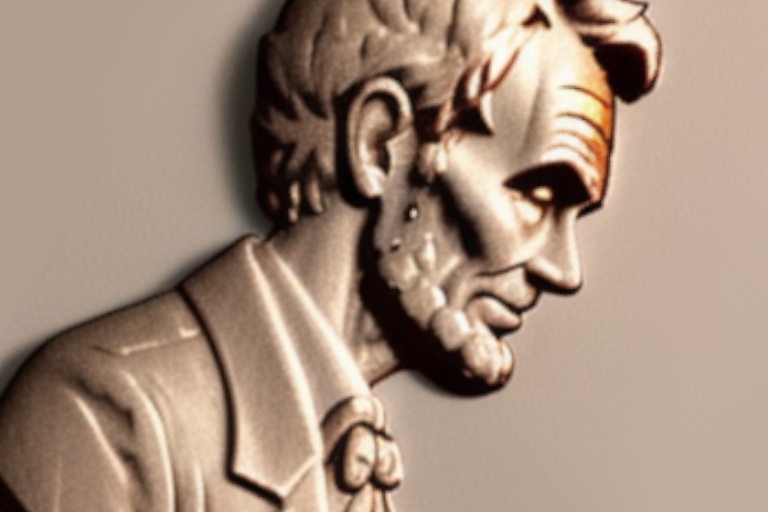The penny, a small but iconic coin, has a rich history dating back centuries. From its humble origins as a silver coin to its current composition, let's take a chronological journey through the evolution of the penny.
- The Birth of the Penny:
The term "penny" has its roots in various European languages, and it initially referred to any coin. Over time, it became associated with small denominations. During medieval times, silver pennies were modeled after ancient Greek, Carthaginian, and Roman coins. - The Penny in Europe:
In the 8th century A.D., King Offa of England introduced the penny, which became the principal currency in Europe for several centuries. It was made of 0.940 fine silver and served as a fraction of shillings and pounds. - Changes in England:
England saw various changes in the composition of its penny. Henry II introduced 0.925 fine sterling silver pennies, and Henry III minted a gold coin worth 1 shilling 8 pence. However, the value of gold eventually surpassed the coins' face value, leading to widespread melting. - The U.S. Penny:
The United States introduced its penny in 1793, initially called the "large cent." It depicted a Liberty maiden and underwent several design changes, leading to the popular "Flying Eagle" and "Indian Head" designs. - The Lincoln Penny:
In 1909, to commemorate Abraham Lincoln's 100th birthday, the "Lincoln Wheat" penny was introduced. Designed by Victor David Brenner, the original version featured his initials, which were later removed due to public outcry. - World War II Impact:
During World War II, copper was needed for munitions, prompting the production of zinc-coated steel cents. Copper returned in 1944, but the composition changed again in 1982 to a zinc core with a thin copper plating. - Modern-Day Penny:
In 2010, a new version of the penny was released with a Union shield on the reverse side, symbolizing unity. In 2017, the Philadelphia mint stamped a "P" beneath the date to commemorate the mint's 225th anniversary. - Challenges and Alternatives:
Over the years, the penny has faced challenges due to rising metal prices and inflation. Countries like Australia and Canada have adopted 5 cents as their lowest coin denomination, and the U.S. military bases overseas have abolished the penny.
In conclusion, the penny has evolved significantly since its inception, reflecting the changing economic and societal landscape. While it remains an essential part of British and American culture, discussions about its future continue in the face of practical challenges. Finding a penny may still be considered lucky, but its future as a circulating coin remains uncertain.

